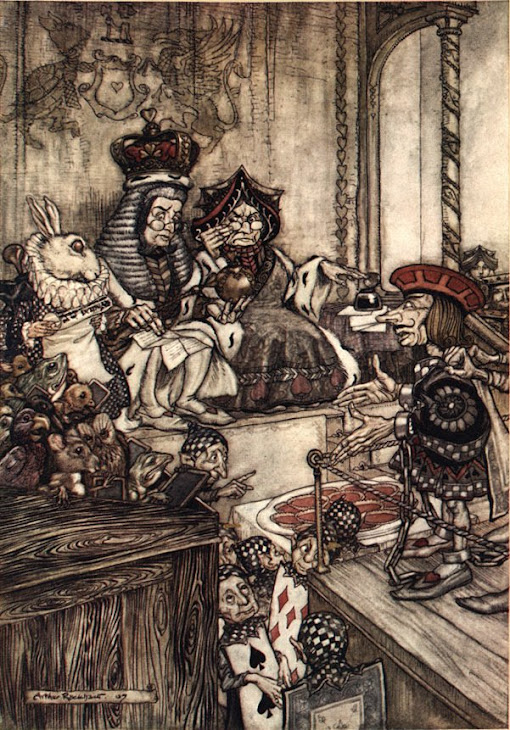

.jpg)
.bmp)



The blog of the 2010 "Law and the Humanities" course at the RomaTre University (Law Faculty) directed by Prof. Emanuele Conte. By Stefania Gialdroni



.jpg)
.bmp)



 Dear all,
Dear all, Dear all,
Dear all,"Lorenzo Cherubini, a.k.a “Jovanotti”, has been invited to Harvard University to give a talk at a conference on "Music and Human Rights". The meeting has been proposed and organized by Italian Society at Harvard Kennedy School, Harvard Kennedy School Carr Center for Human Rights Policy and Consulate General of Italy in Boston. This has been the first time that an Italian musician has been asked to address students about this topic at Harvard.
Post-war popular music and its best musicians have always been linked to the promotion of Human Rights and Jovanotti is not an exception. He has been asked to talk to students about his decades long experience in Human Rights issues. He elucidated the relationship that exists between popular music and the diffusion and defense of Human Rights around the world.
From the very beginning of his career Lorenzo has used the power of his public image to promote Human Rights and fight oppression. Because he isn't ideologically driven, he is considered an extremely credible figure by the new generation. At Harvard he has gone into detail about his experience as a Human Rights champion, and has talked about successes and failures, opportunities and challenges, idealism and disillusionment. He gave a true "lecture" from the point of view of an artist based in Italy, a "peripheral" country relative to the great flows of global information, but not an irrelevant country, because Italy has made much progress in the great history of Human Rights and international solidarity.
The artist says that “true” music is indeed “liberation”. “Because in the global and interconnected world where we live, music touches the roots of individuals. I am convinced that if American Constitution should be written today, the sentence “all men are created equal” would not be there anymore [N.d.R. The sentence quoted is indeed placed in the Declaration of Independence by Jefferson]. I think that the word “equal” would be replaced by the word “unique”.” Jovanotti points out this universal way to be unique through his music. An international method of communication, that gives a particular importance to the Italian origins of the artist, as he says. “That is true. I believe that people feel my “Italianity”. I do not know what it exactly means: because I was birth there, this way of being is natural for me, but I know that my message reaches people also because it comes from there [N.d.R. from Italy]. It is a way of being positive that people share”.

